According to Western media, the conference agenda did not include a meeting of the NATO-Ukraine Council, and for the first time the issue of Kiev's potential membership was not included in the discussion.
This development reflects a shift in US strategic priorities: interest in the conflict in Ukraine is showing signs of decline, while Washington is increasingly focused on issues in the Middle East and preparations for strategic competition with China.
Unlike previous NATO summits, which were often accompanied by bold statements and large-scale initiatives, the Hague summit was described by Western media as having limited ambitions. This was reflected not only in the reduced number of formal sessions, but also in the shortened joint communique issued after the summit. Some European officials also acknowledged this in informal conversations.
As usual, the main topics on the agenda revolved around the issue of “deterrence and defence” – a concept that has become central to NATO’s strategic direction since 2022. Continued support for Ukraine was also raised, but European leaders were said to approach the topic cautiously, in order to avoid creating a public confrontation with President Donald Trump.
According to Western media reports, NATO countries have provided about 99% of the total military aid Ukraine has received since the conflict began; however, with the US increasingly reluctant, European allies are facing the problem of redistributing the financial and military burden. Worryingly, the current funding from the US Congress for Ukraine is expected to expire at the end of this summer.
While Europe has emphasized the importance of transatlantic unity on Ukraine, President Trump, skeptical of international institutions, has prioritized pushing for NATO allies to increase defense spending to 5% of GDP, a position he has consistently maintained since his first term as president, and has continued to maintain in his second.
Some NATO member states have taken the initiative to increase defense spending to close to the 5% of GDP threshold, notably Poland (4.12%), Estonia (3.43%) and Latvia (3.15%). However, there is still a significant gap between member states: many countries have not reached the minimum spending level of 2% of GDP, which was set at the NATO summit in Wales in 2014. This group includes Spain (1.28%), Luxembourg (1.29%), Slovenia (1.29%), Belgium (1.3%), Canada (1.37%), Italy (1.49%), Portugal (1.55%) and Croatia (1.81%).
However, there appears to have been no public pushback against the US demand for increased defence spending. Analysts say the conference in The Hague is aimed at a compromise solution proposed by NATO Secretary General Mark Rutte, to ease tensions with Washington.
Under the proposal, member states could allocate 3.5% of GDP to direct defense spending and 1.5% to indirect investments such as strategic infrastructure and cybersecurity. Some countries could be allowed to delay full implementation of these commitments until 2035, instead of the original 2030 target.
NATO Secretary General Mark Rutte.
In terms of specific defense investment directions, the focus of the conference was on strengthening air and missile defense capabilities in Europe. Faced with the growing threat from Russian drones and long-range cruise missiles, NATO is looking to add ground-based air defense systems to close the gap in current defense capabilities.
At the same time, the alliance aims to re-equip thousands of tanks and armored vehicles, along with millions of artillery shells, much of which has been provided to Ukraine in recent years.
In addition, there will be significant investments in naval forces, air forces, drones and long-range missile systems.
Another important aspect of NATO’s defence strategy is the strengthening of dual-use infrastructure. The Alliance is promoting the adaptation of civilian transport systems, including ports, airports, railways, highways and bridges, to flexibly meet the needs of military transport in emergency situations. In this area, NATO works closely with the EU to expand the technical capacity and strategic readiness of critical infrastructure networks across the region.
The NATO summit in The Hague also sent a clear signal to Moscow: Although Ukraine’s potential membership has been put on hold for now, partly due to the political climate in the United States under President Trump, demand for the services and products of Western defense companies, especially from the United States and Europe, will continue to grow. This means that the strategic pressure on Russia will not lessen, but may increase in complexity and depth.
In the long term, Russia faces a different kind of threat, a structural one, stemming from the rearmament trend that is being promoted in many European countries, according to Tigran Meloyan, an expert at the Center for Mediterranean Studies at the Higher School of Economics (HSE). Countries with historically low defense spending are adjusting their security strategies, while countries on NATO’s eastern flank are investing heavily in direct deterrence capabilities.
At the same time, regional tensions are rising significantly due to NATO's military activities in sensitive areas such as the Baltic and the Arctic, where the alliance has conducted large-scale exercises, with scenarios simulating proxy wars against Russia, a sign that NATO is not only strengthening its presence but also preparing for potential conflict situations in an asymmetric or hybrid model.
The NATO summit in The Hague may not have had much political resonance, but it was a clear sign of a long-term strategic adjustment. As the Trump administration has cooled somewhat on Ukraine, the alliance is looking to move from short-term reactions to reshaping the Euro-Atlantic defense architecture.
Accelerating defense spending, rearmament in Eastern Europe, expansion of dual-use infrastructure and increased military presence in strategic areas such as the Baltics and the Arctic all show that NATO is preparing for a new and challenging phase.
For Russia, this does not mean an immediate confrontation, but it is clearly a strategic message: the Alliance is not backing down, but is changing the form of deterrence - more durable, deeper and more difficult to reverse.
Hung Anh (Contributor)
Source: https://baothanhhoa.vn/hoi-nghi-thuong-dinh-nato-2025-tang-chi-tieu-giam-ky-vong-cung-co-ran-de-253137.htm



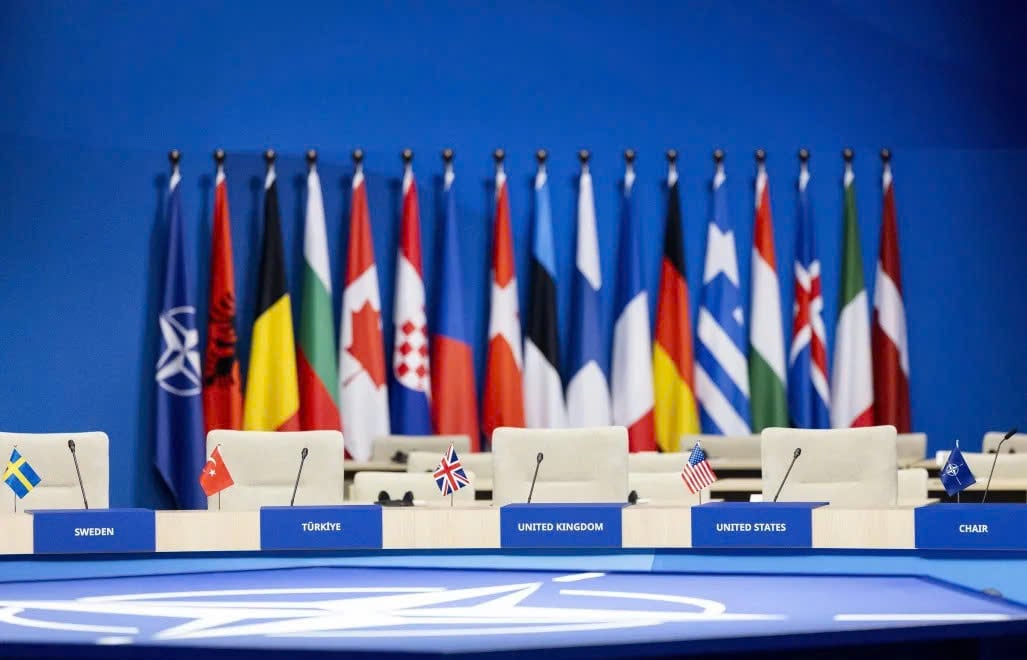
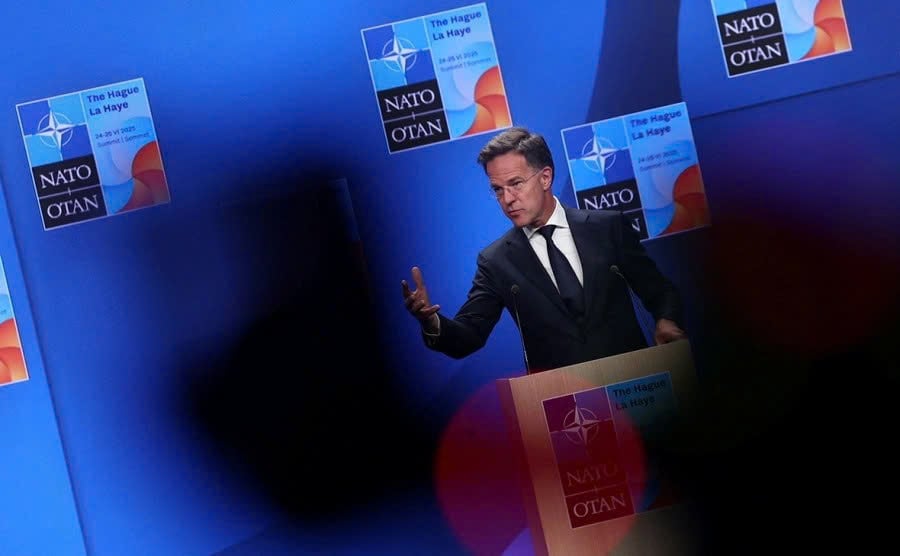
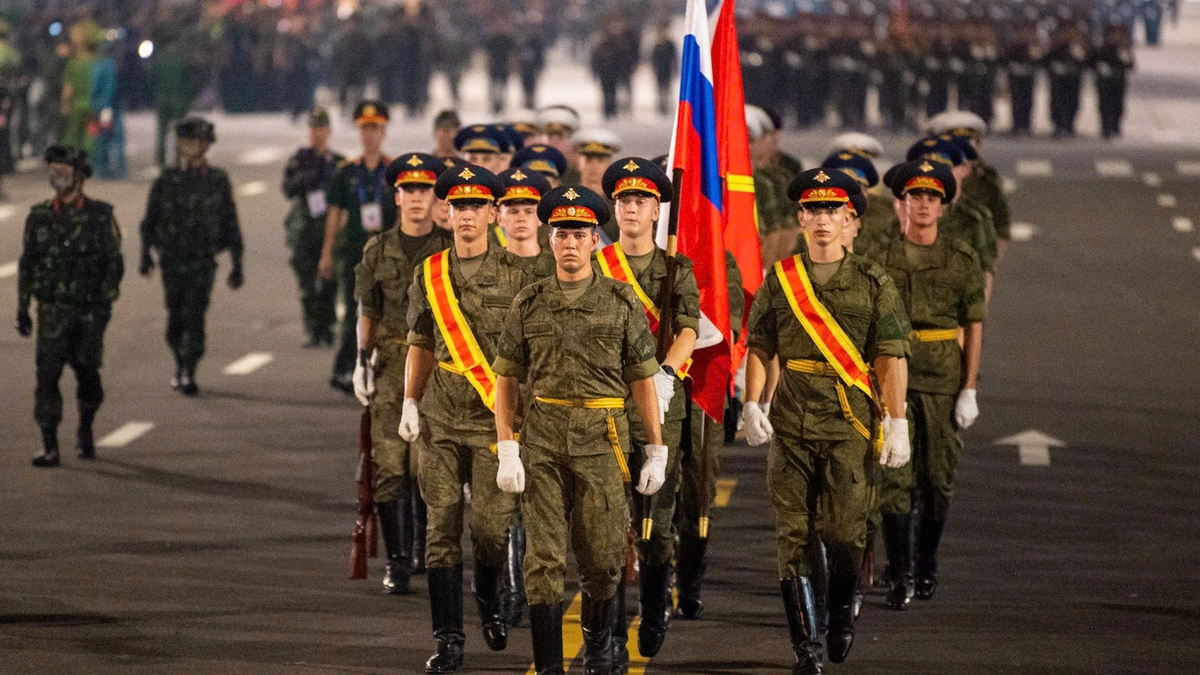
![[Photo] Images of the State-level preliminary rehearsal of the military parade at Ba Dinh Square](https://vphoto.vietnam.vn/thumb/1200x675/vietnam/resource/IMAGE/2025/8/27/807e4479c81f408ca16b916ba381b667)
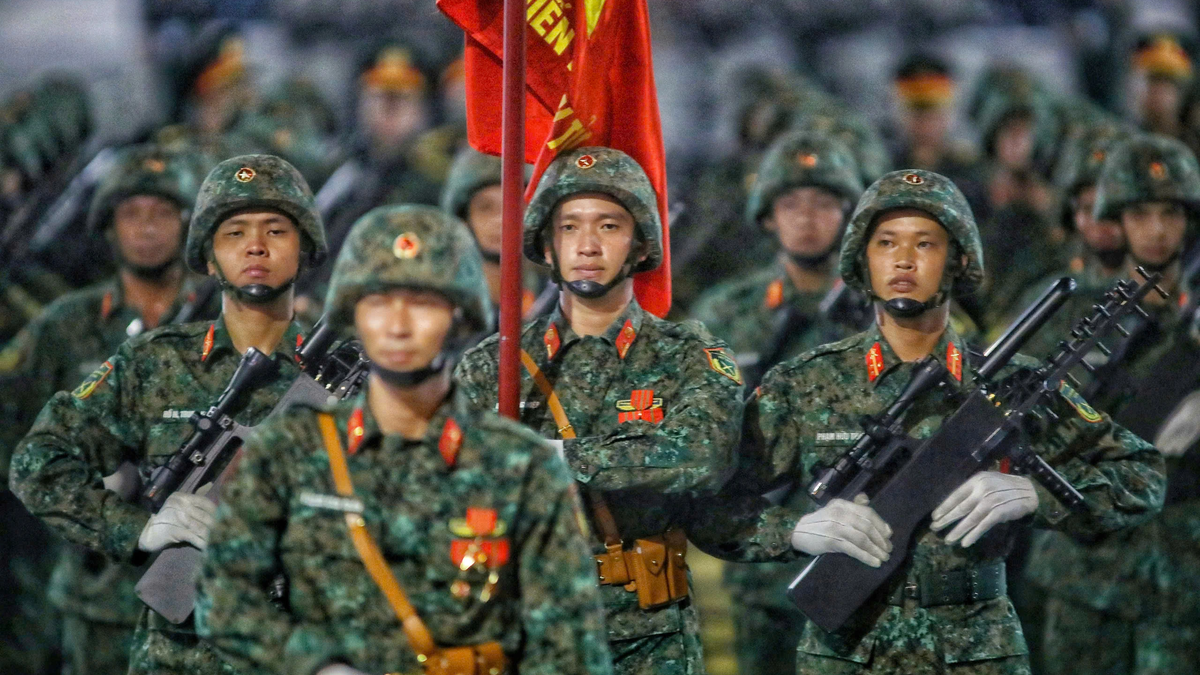
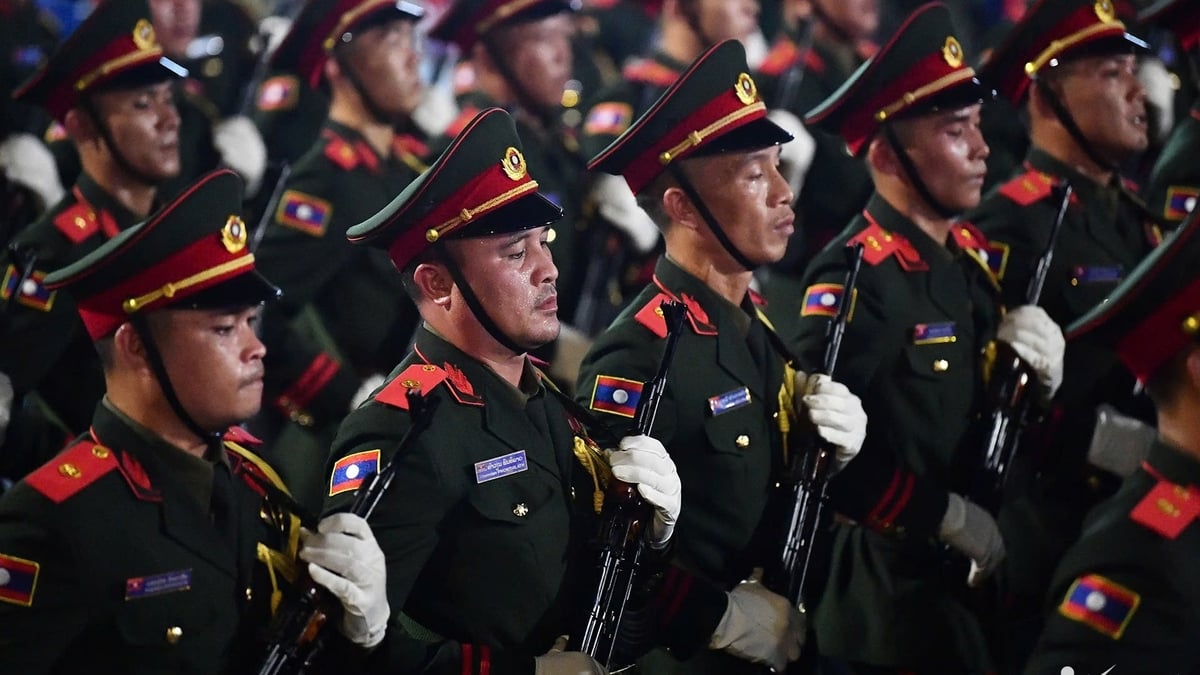
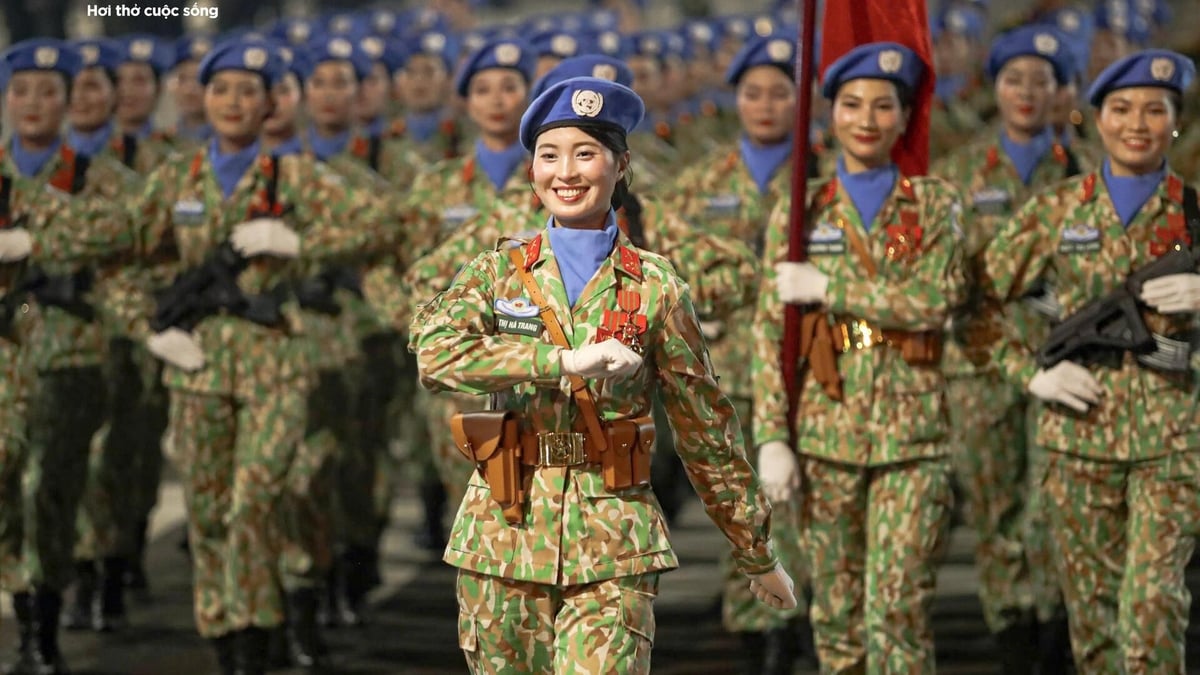
![[Photo] Parade blocks pass through Hang Khay-Trang Tien during the preliminary rehearsal](https://vphoto.vietnam.vn/thumb/1200x675/vietnam/resource/IMAGE/2025/8/27/456962fff72d40269327ac1d01426969)
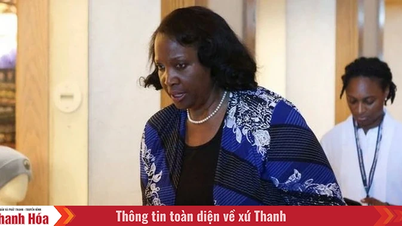
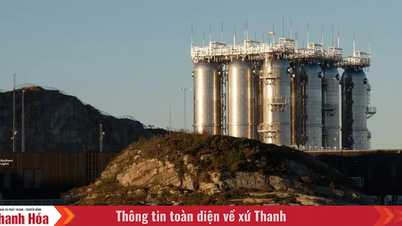


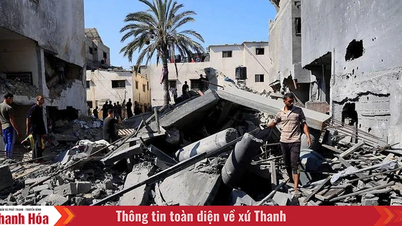
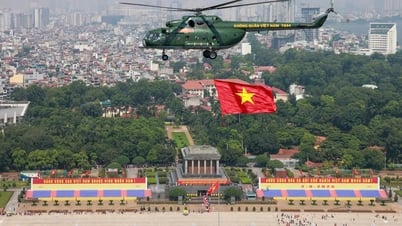

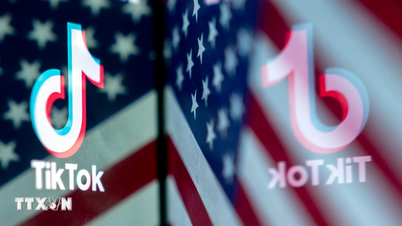

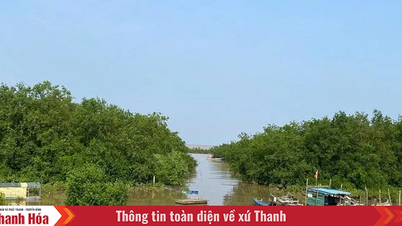
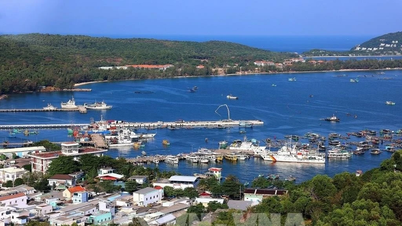

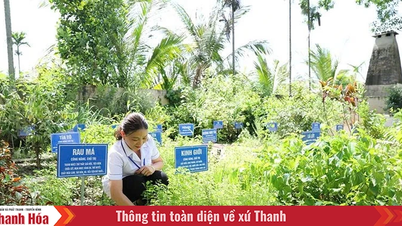
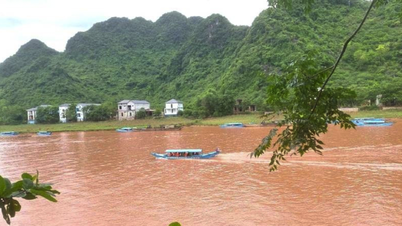

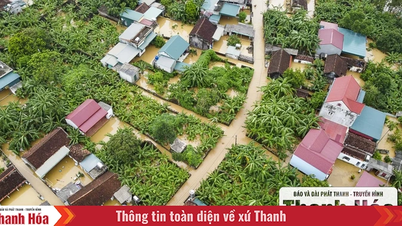
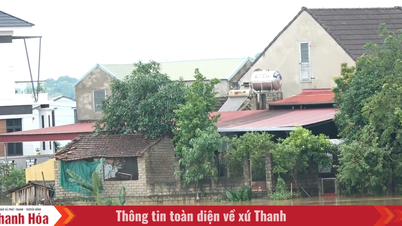




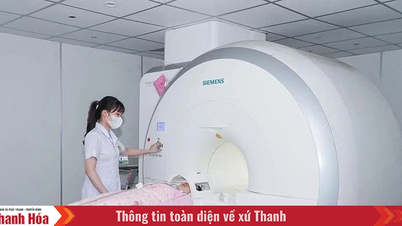



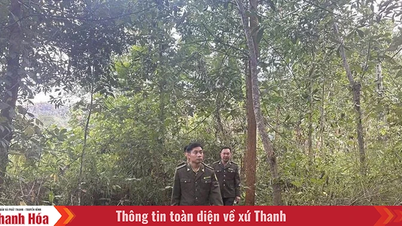
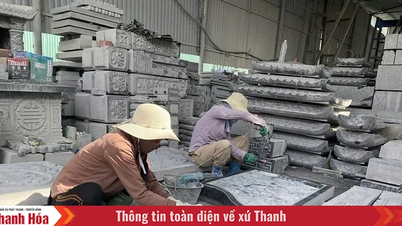

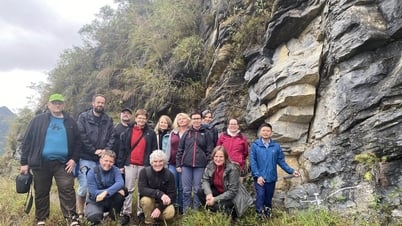

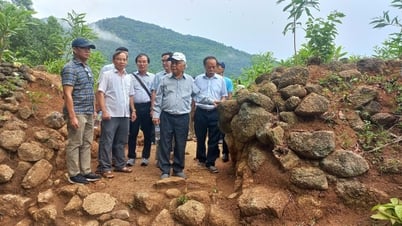

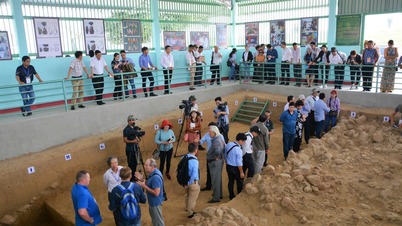



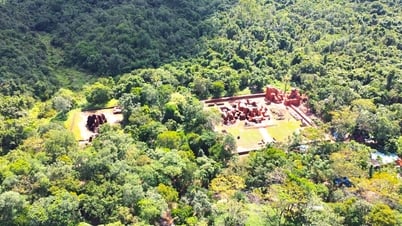

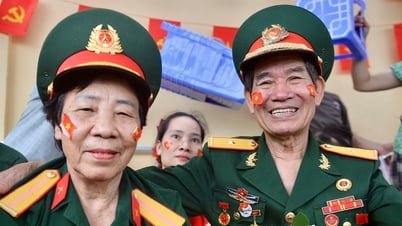






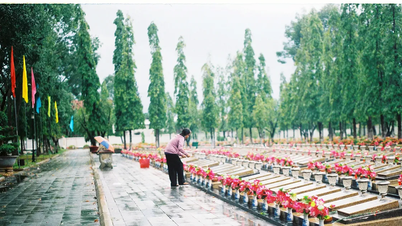
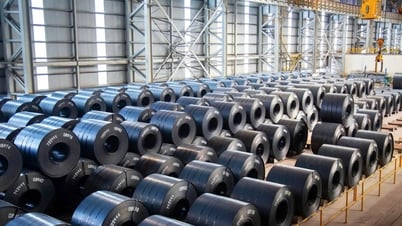

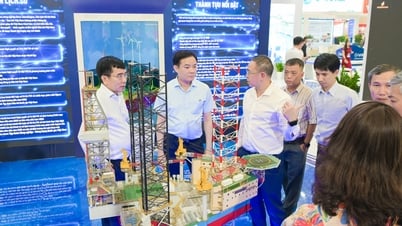
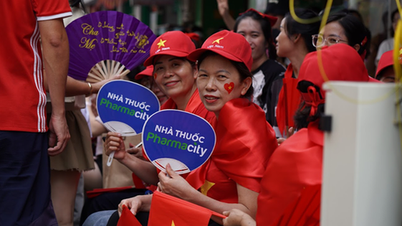

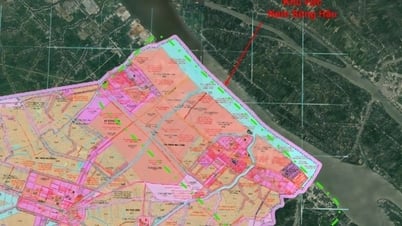


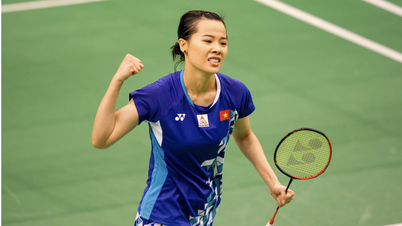
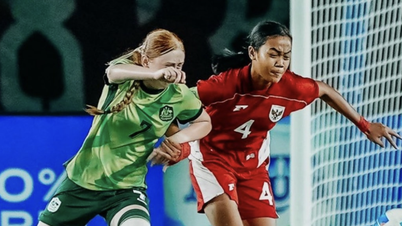

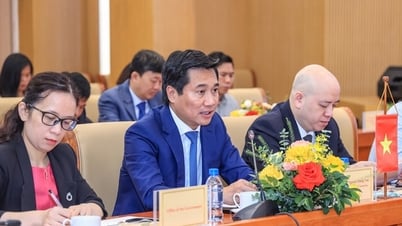
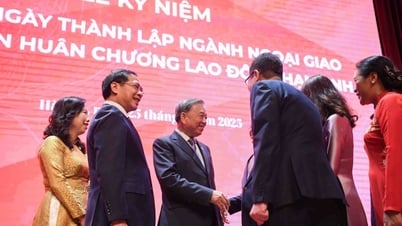

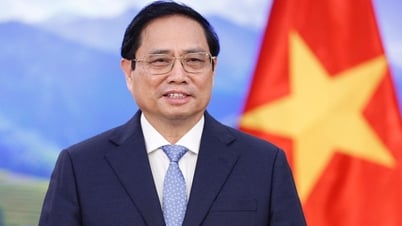
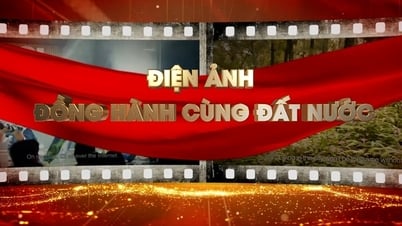

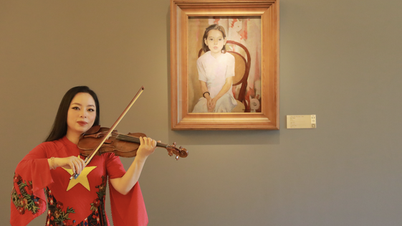
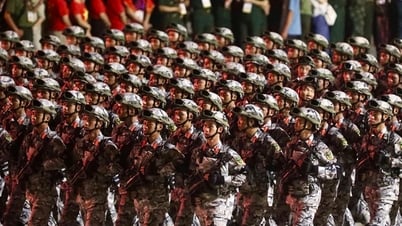
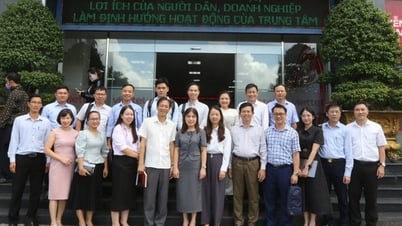



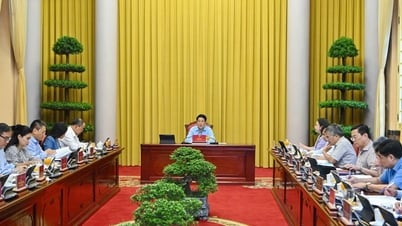

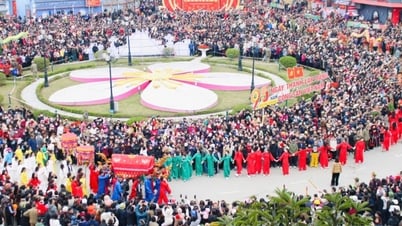

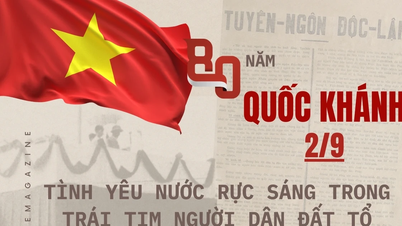



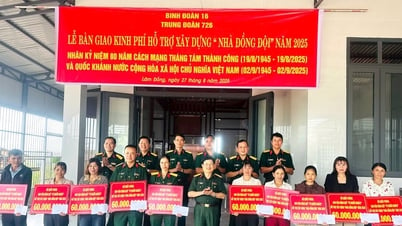



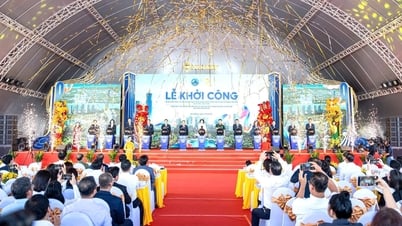
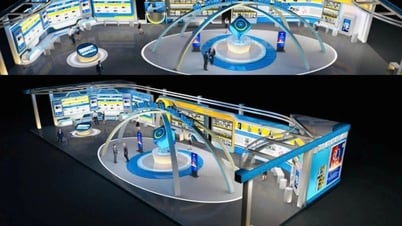

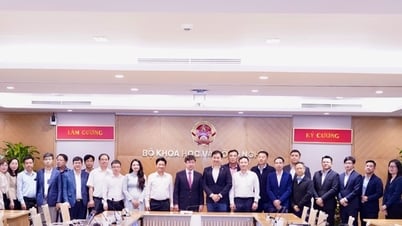










Comment (0)